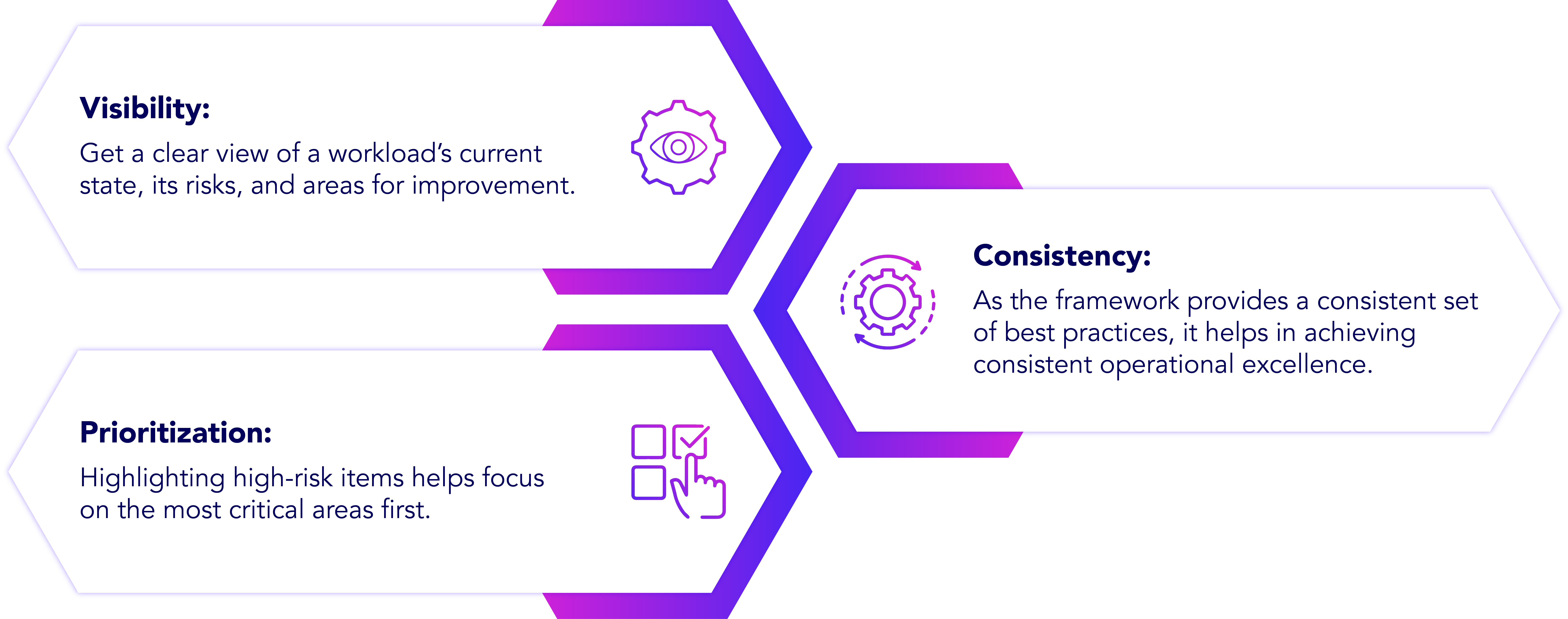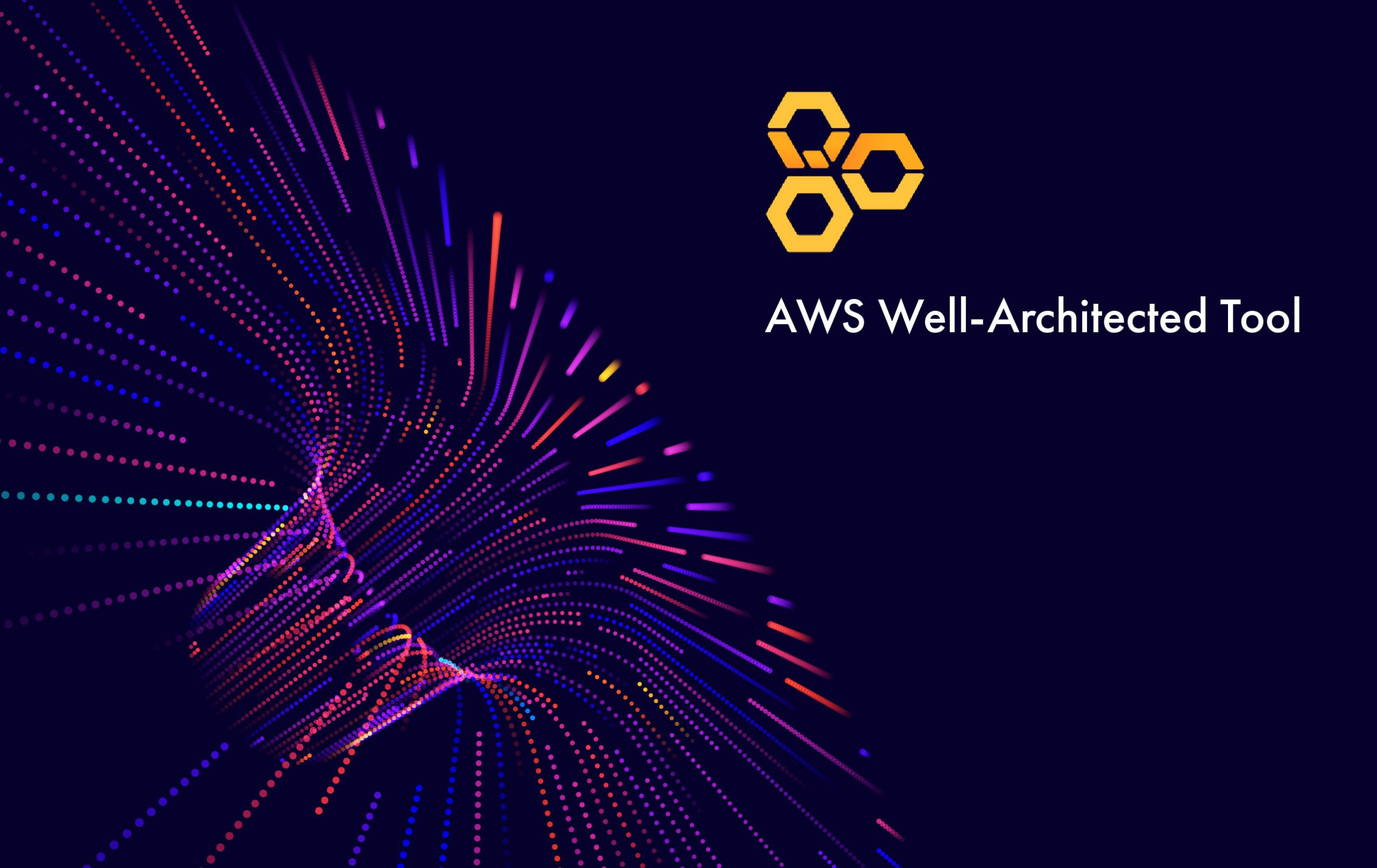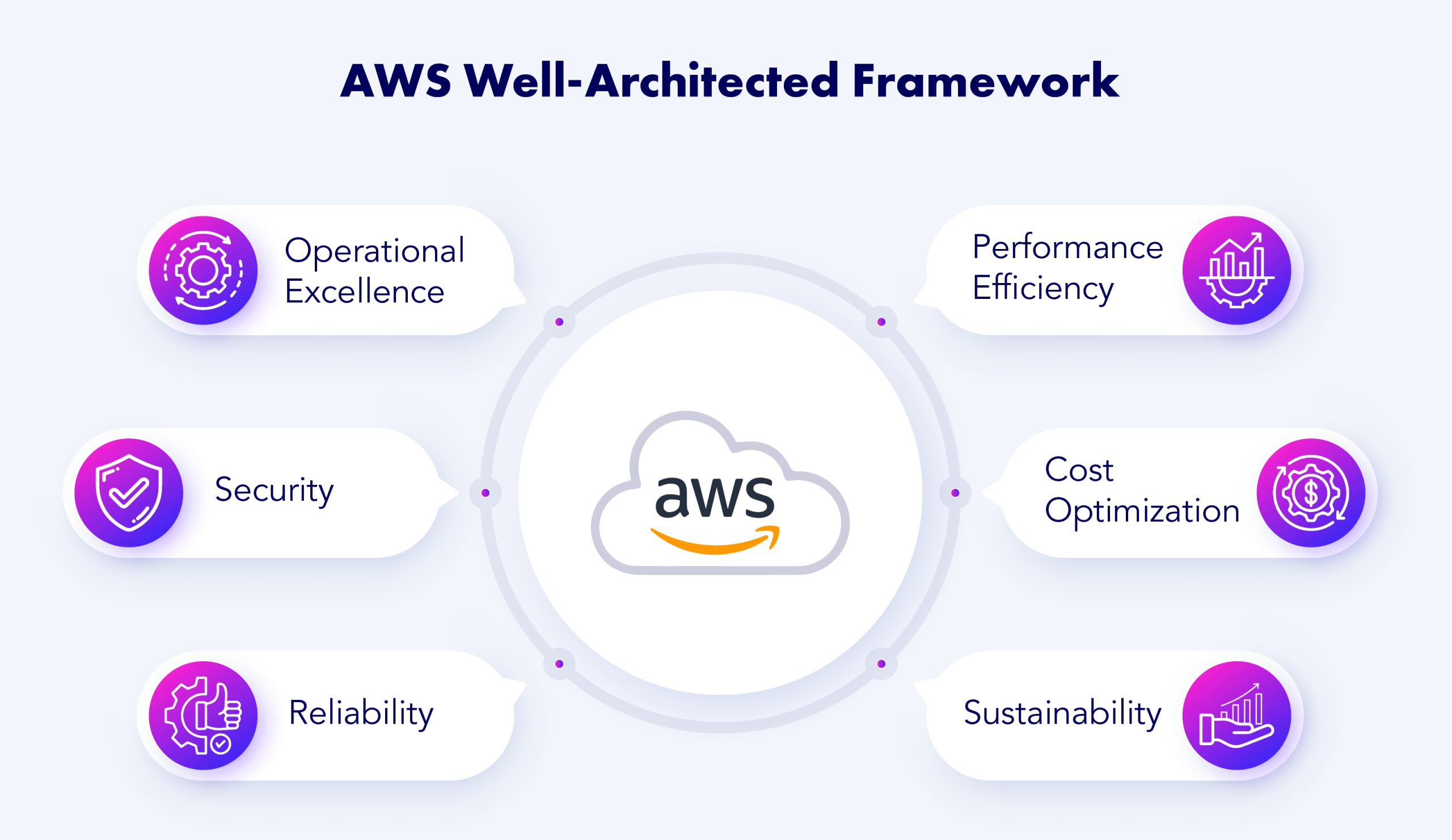The AWS Well-Architected Tool (AWS WAT) is based on the Six Pillars of the AWS Well-Architected Framework, which was developed to help cloud architects build secure, high-performing, resilient, and efficient infrastructure for their applications. The framework provides a consistent approach to evaluate architectures and implement designs that scale over time.
What is the AWS Well-Architected Tool
The AWS Well-Architected Tool is a free, self-service tool that helps review workloads against the latest AWS architectural best practices. The tool asks a set of questions about the workload and, based on entered responses, generates a set of recommendations for improvement.
Features and Details
Workload Definition: The tool starts by guiding users to define a workload. A workload can be a specific application, system, or a set of related components that achieve a business goal. The definition process involves specifying the region, industry, environments (e.g., production, test), and more.
Review against Well-Architected Pillars: Once the workload is defined, a review can be initiated against the six pillars of the Well-Architected Framework. For each pillar, the tool provides a set of questions and, based on entered responses, generates recommendations.
High-Risk Issues: After the review, the tool identifies high-risk issues (HRIs). These are areas where current architectural decisions might deviate significantly from AWS best practices. HRIs are prioritized so that the most critical issues first can be addressed first.
Recommendations and Best Practices: For each HRI or question answered, the tool provides a set of recommended best practices and detailed improvement plans. This includes links to documentation, whitepapers, and other AWS resources to help users address the identified risks.
Milestones: Milestones can be defined within the tool to track the changes made in architecture over time. This feature allows a comparison of different reviews and see how the workload has evolved and improved.
Shared Access: Workload reviews can be shared among members of a team. This fosters collaboration, as multiple team members can contribute to reviews, provide insights, and take actions based on recommendations.
Integration with AWS Services: The tool’s recommendations often include direct links to other AWS services or documentation, making it easier to implement changes without having to leave the tool.
Continuous Improvement: AWS regularly updates the Well-Architected Tool’s questions and best practices to reflect the latest guidance, ensuring that workloads are reviewed against the most recent recommendations.
Security and Compliance: Any data input into the AWS Well-Architected Tool is treated confidentially. It is not used by AWS for sales or marketing purposes, and the results of reviews are not shared.
Suggestions and Tips
Regular Reviews: It’s a good practice to conduct reviews using the Well-Architected Tool at regular intervals. Architectures evolve, and what was considered optimal at one point might need adjustments as workloads grow or change.
Start Early: If building a new application or system on AWS, start the Well-Architected review early in the design phase. This can help identify potential issues before they become deeply embedded in the architecture.
Collaborate: Engage multiple team members when conducting a review. Different perspectives, such as those from security, development, operations, and business teams, can provide a more comprehensive view of the workload.
Prioritize HRIs: Focus on addressing High-Risk Issues (HRIs) first. These are the areas where architecture significantly deviates from best practices.
Utilize the Learning Material: For every recommendation the tool provides, there’s usually a wealth of linked documentation and learning materials. Make use of these resources to understand the rationale behind each recommendation.
Stay Updated: AWS frequently updates the questions and best practices in the Well-Architected Tool. Periodically check for new guidance to ensure workloads align with the latest best practices.
Implement Incrementally: Instead of attempting to address all recommendations immediately, prioritize and tackle them incrementally. This allows for testing and validation, ensuring that changes don’t introduce new issues.
Benefits

Conclusion
The AWS Well-Architected Tool, combined with the Well-Architected Framework, provides a structured way for architects and developers to ensure that they’re following best practices when designing and operating workloads in the AWS cloud. In this context, proSkale offers cloud services that can further assist businesses in navigating and applying these best practices, ensuring optimized and well-architected cloud solutions.


